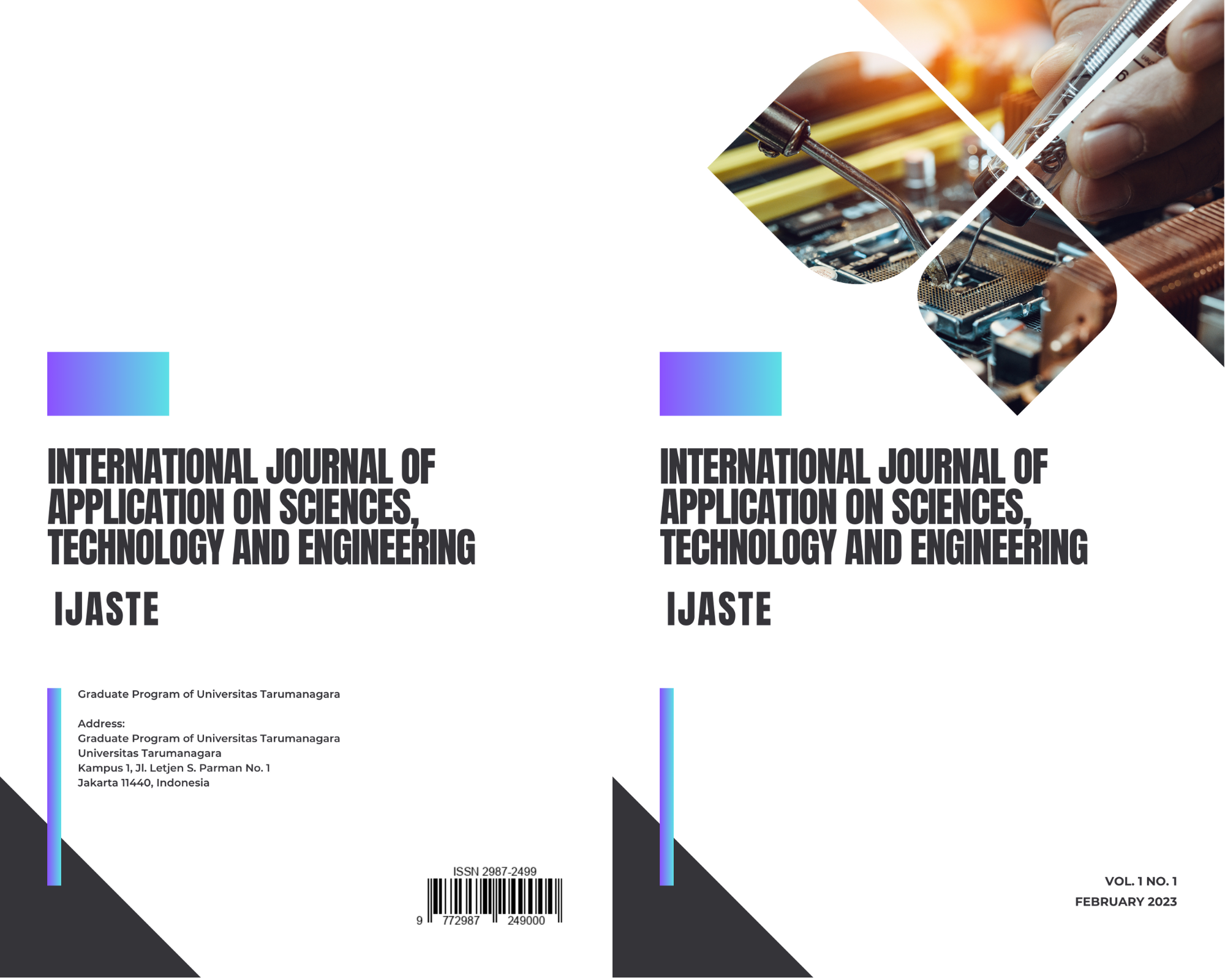COVID-19 Vaccination Geographic Information System Application
Main Article Content
Abstract
COVID-19 is an infectious disease that was first discovered in Wuhan. This virus is transmitted through physical contact between humans. However, the government found a way to protect people against this virus, which is through vaccination. This geographic information system application for COVID-19 vaccination was created with the aim of providing important information to the public regarding the dangers of the COVID-19 virus, from its variants, to how it spreads. This website provides important information about vaccinations as well as vaccine information that has been provided to the public which is presented using GIS maps. This website also shows data from hospitals that provide vaccinations. All of this is provided so that the public gets access to important information about vaccinations and also COVID-19. The area limitation of this application is in DKI Jakarta and the vaccination data is from June 2021 to November 2021.
Article Details

This work is licensed under a Creative Commons Attribution-NonCommercial-ShareAlike 4.0 International License.
References
Alodokter, Mengenal virus corona [online], 2021, available at: https://www.alodokter.com/virus-corona
J. T. Beng, A. F. Amanto, A. Aurelia, D. Chandra, K. Y. D. Mandey, L. A. Ramadhani, R., Stephanie, and S. Tiatri, “Designing an Android-based Green School Program Application with the Fuzzy Logic Weather Forecast Method: A Case Study of School Students Participating in a School Greening Program” [Unpublished], in AIP Conference Proceedings, 2022.
M. Nasir, “Evaluasi penerimaan teknologi informasi mahasiswa di Palembang menggunakan model UTAUT”, in Seminar Nasional Aplikasi Teknologi Informasi (SNATI), 2013, June, Vol. 1, No. 1.
KuliahKomputer, Metode Waterfall menurut Pressman [online], 2018, September, available at: http://www.kuliahkomputer.com/2018/09/metode-waterfall-menurut-pressman-2015.html
D. Sudrajat, M. Achdisty, N. Kurniasih, S. Mulyati, A. Purnomo, and S. Sallu, “The Implementation of Innovation in Educational Technology to Improve The Quality of Website Learning in Industrial Revolution Era 4.0 Using Waterfall Method”, in Journal of Physics: Conference Series, IOP Publishing, 2019, December, Vol. 1364, No. 1, p. 012044. doi:10.1088/1742-6596/1364/1/012044
Sigit, Manajemen Proyek Penerapan Metode Waterfall [online], 2018, September, available at: https://medium.com/skyshidigital/manajemen-proyek-penerapan-metode-waterfall-7c047cd2fd1f
E. Ali, “Geographic Information System (GIS): Definition, Development, Applications & Components”, in Department of Geography, Ananda Chandra College, India, 2020.
P. K. Wahyutomo, A. Suprayogi, and A. P. Wijaya, “Aplikasi Sistem Informasi Geografis Berbasis Web Untuk Persebaran Kantor Pos Di Kota Semarang Dengan Google Maps Api”, in Jurnal Geodesi Undip, 2016, 5(3), pp.70-80.
K. M. W. M. Wibowo, I. Kanedi, and J. Jumadi, “Sistem informasi geografis (sig) menentukan lokasi pertambangan batu bara di provinsi bengkulu berbasis website”, in Jurnal Media Infotama, 2015, 11(1).
A. F. O. Pasaribu, D. Darwis, A. Irawan, and A. Surahman, “Sistem informasi geografis untuk pencarian lokasi bengkel mobil di wilayah Kota Bandar Lampung”, in Jurnal Tekno Kompak, 2019. 13(2), pp. 1-6.
D. Darwis, A. F. Octaviansyah, H. Sulistiani, and Y. R. Putra, “Aplikasi Sistem Informasi Geografis Pencarian Puskesmas Di Kabupaten Lampung Timur”, in Jurnal Komputer dan Informatika, 2020, 15(1), pp. 159-170.



